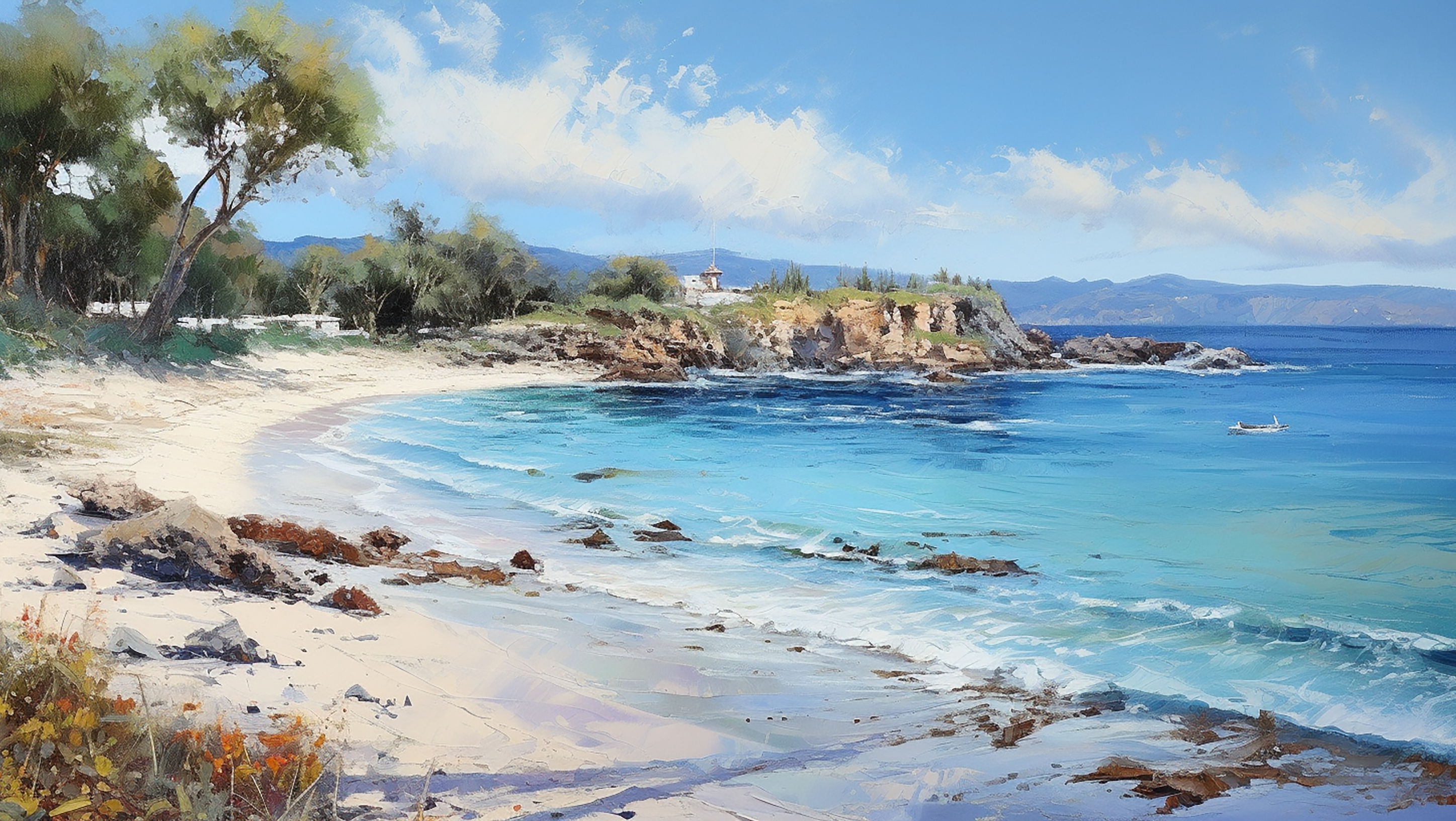Las Vegas and the National Parks Beyond: A Journey Through Time and Terrain
Las Vegas, a luminous mirage shimmering in the heart of the Nevada desert, is a global beacon of opulence, high-stakes gaming, and world-class entertainment. It's hard to fathom a time when this bustling metropolis was but a twinkle in the desert's eye, but the tale of Las Vegas is a captivating chronicle of metamorphosis from a modest railway stop to the glittering, glamorous epicentre of leisure.
The Genesis of a Desert Haven
Before the first roulette wheel spun, the Las Vegas Valley was a sanctuary for Native American tribes like the Paiute, who navigated the desert, hunting and gathering sustenance. In the early 19th century, Spanish explorer Antonio Armijo stumbled upon the area, christening it "Las Vegas" - a tribute to the verdant oasis in the desert, translating to "The Meadows" in Spanish.
The modern narrative of Las Vegas commenced in 1905 when the Union Pacific Railroad inaugurated a railway stop on its Los Angeles-Salt Lake City route. This unassuming inception marked the birth of the town, as a humble grid of streets, homes, and businesses sprouted around the station.
The Rise of the Entertainment Mecca
The seeds of Las Vegas' metamorphosis into an entertainment paradise were sown in the early 1930s when Nevada legalized gambling to resuscitate its economy during the Great Depression. The construction of the Hoover Dam in the same decade attracted a surge of workers, bolstering the local economy and laying the groundwork for future expansion.
The 1940s heralded the birth of the Las Vegas Strip, destined to become the pulsating heart of the city. A plethora of casino hotels, like El Rancho Vegas and the Flamingo, sprouted during this era, bankrolled by infamous figures such as mobster Benjamin "Bugsy" Siegel.
The Glittering Expansion
Over the ensuing decades, Las Vegas continued to blossom and evolve. The 1950s and 1960s saw the city become synonymous with extravagant shows, celebrity performances, and an ever-expanding array of casinos. The Rat Pack, an ensemble of entertainers including Frank Sinatra, Dean Martin, and Sammy Davis Jr., further solidified the city's reputation as a glamorous entertainment hub.
In the 1980s and 1990s, Las Vegas shifted gears once more, this time adopting an opulent, family-friendly persona. Mega-resorts like The Mirage, MGM Grand, and Bellagio sprouted along the Strip, offering visitors a smorgasbord of attractions and amenities, from amusement parks to world-renowned restaurants.
Las Vegas Today
Today, Las Vegas has evolved into an international destination that caters to millions of visitors each year. The city's history is a testament to the power of human ambition and the allure of the glitz, glamour, and excitement it has come to embody. As Las Vegas continues to evolve, there is no doubt that it will remain a vibrant and iconic testament to the American dream.
However, my journey is mostly focused on the area outside Las Vegas.
As I left the neon jungle behind, I couldn't help but notice how quickly the landscapes changed. The red rocks seemed to have a life of their own, rising like ancient sentinels watching over the desert. The closer I got to the parks, the more the scenery transformed, with hints of green making a shy appearance among the imposing rock formations.
The roads, once straight and unforgiving, began to curve and wind, much like the thoughts racing through my mind. From time to time, the road crossed winding streams and channels, lined with clay banks. The water churned muddy red
The landscapes, once dominated by the stark, unyielding desert, began to undulate and twist, mirroring the thoughts whirling in my mind. Occasionally, the road intersected winding streams and channels, their clay banks framing the muddy red-brown currents that churned like cocoa spiced with paprika spilled on a carpet - an eccentric, whimsical sight.
As I ventured further from the city, the landscapes became even more mesmerizing. They still bore the scars of human activity, which, combined with American entrepreneurship, had given rise to numerous motels, sturdy but unpretentious settlements, and, curiously enough, an abundance of lobster dishes advertised in local cafes. It was as if the surrounding desert had experienced an unlikely crustacean invasion.
Nevertheless, in the distance, snow-capped mountains beckoned, promising liberation from this unusual eczema of civilization. Like silent sentinels, the mountains stood guard over the vast expanse of the desert, their snowy peaks a stark contrast to the arid landscape below.









